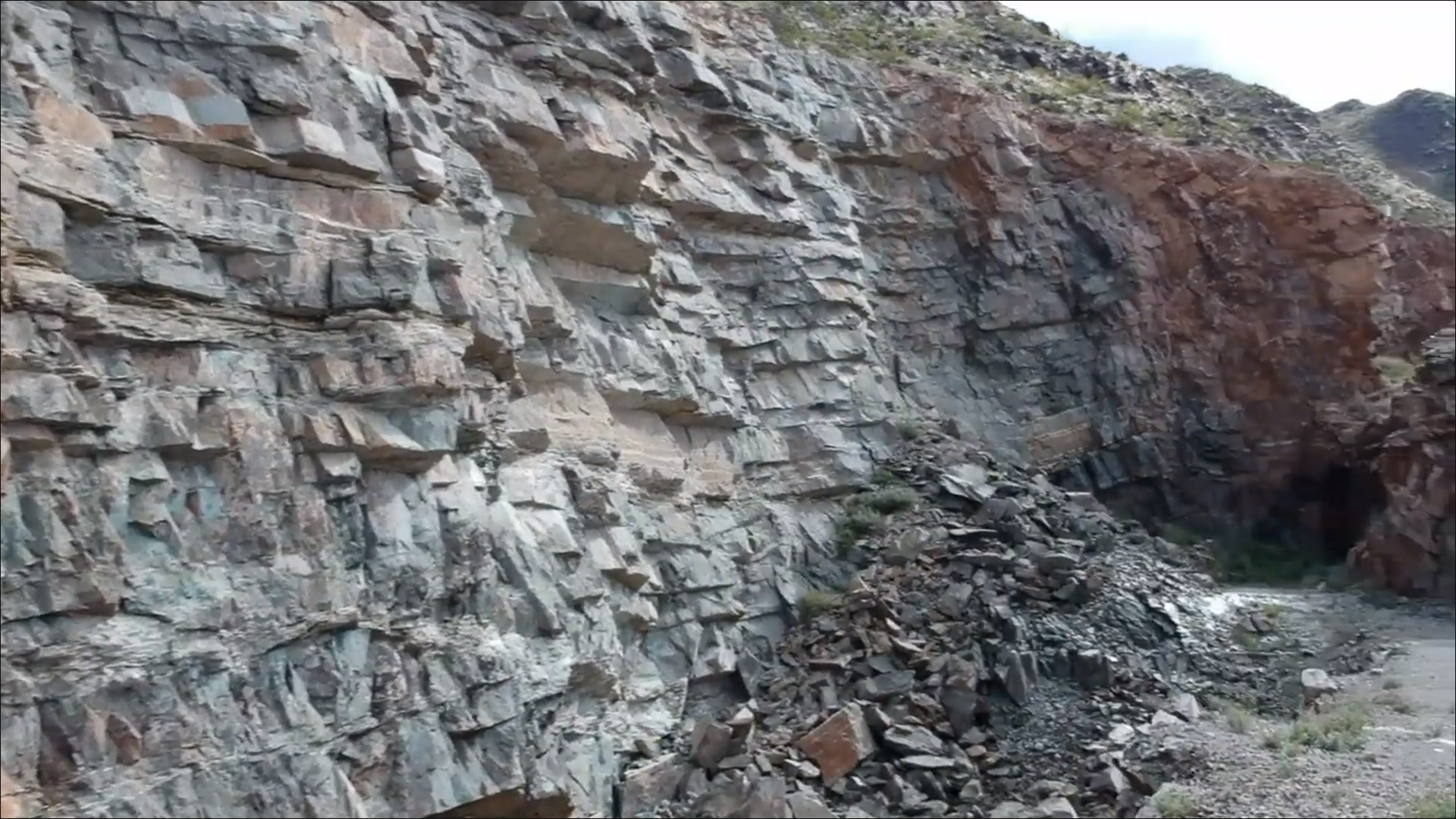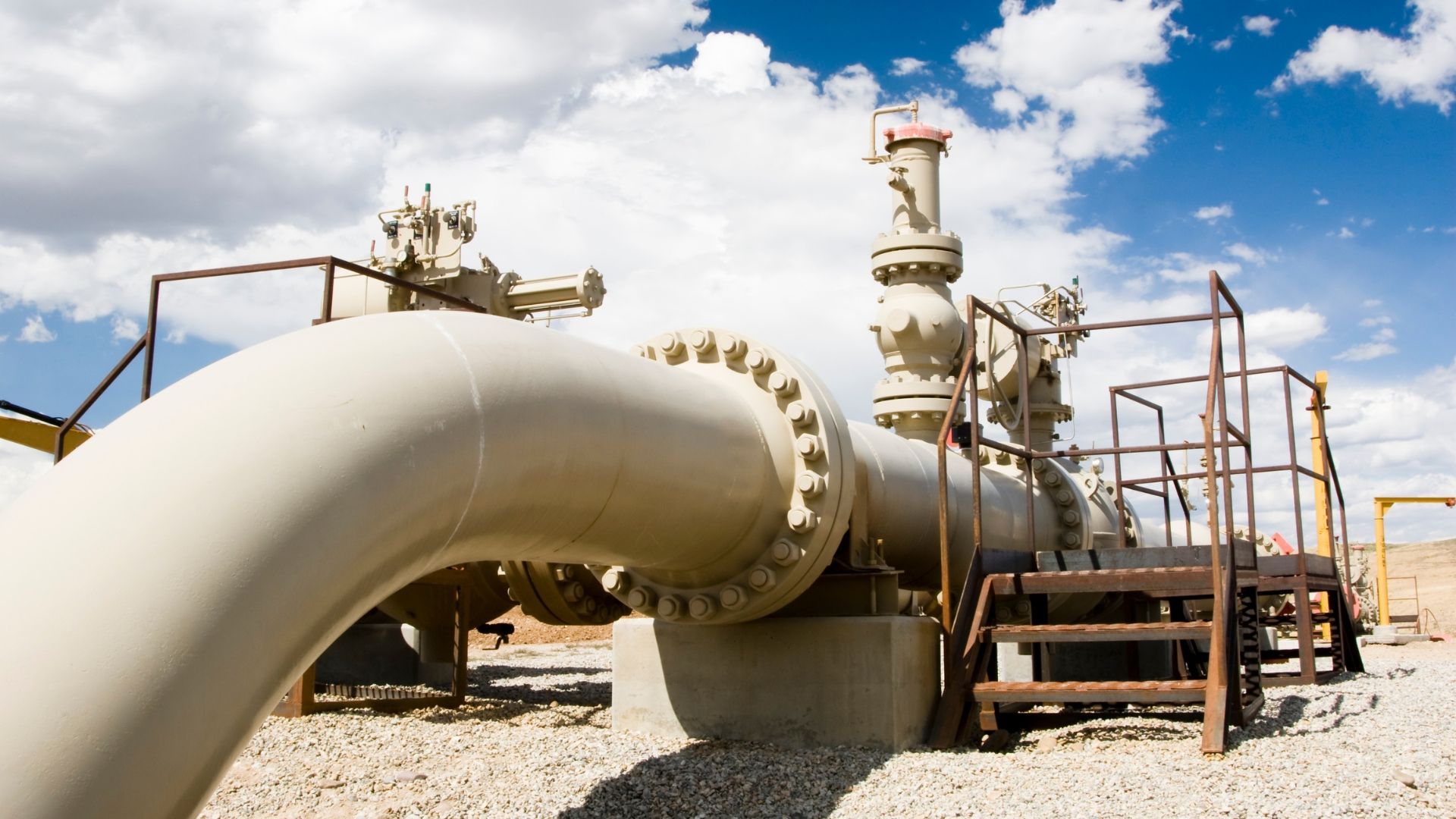By Tessa Di Grandi Graphics & Design
Sabrina Lam

An Investor’s Guide to Copper
Copper is the world’s third-most utilized industrial metal and the linchpin of many clean energy technologies. It forms the vital connections in our electricity networks, grid storage systems, and electric vehicles.
In the above infographic, iShares digs into the forces that are set to shape the future of the copper landscape.
How Much Copper Do We Need?
Copper is poised to experience a remarkable 54% surge in demand from 2022 to 2050.
Here’s a breakdown of the expected demand for copper across clean energy technologies.
| Technology | 2022 (kt) | 2050P (kt) |
|---|---|---|
| Electricity networks | 4364 | 8862 |
| Other low emissions power generation | 93.7 | 142.2 |
| Solar PV | 756.8 | 1879.8 |
| Grid battery storage | 24.6 | 665.2 |
| Wind | 453.5 | 1303.3 |
| Hydrogen technologies | - | 0.22 |
| Electric vehicles | 370 | 3582.9 |
| Other uses | 19766 | 22382 |
Copper is vital in renewable energy systems such as wind turbines, solar panels, and electric vehicle batteries because of its high electrical conductivity and durability.
It ensures the effective transmission of electricity and heat, enhancing the overall performance and sustainability of these technologies.
The rising demand for copper in the clean energy sector underscores its critical role in the transition to a greener and more sustainable future.
When Will Copper Demand Exceed Supply?
The burgeoning demand for copper has set the stage for looming supply challenges with a 22% gap predicted by 2031.
Given this metal’s pivotal role in clean energy and technological advancements, innovative mining and processing technologies could hold the key to boosting copper production and meeting the needs of a net-zero future.
Investing in Copper for a Prosperous Future
Investors looking for copper exposure may want to consider an ETF that tracks an index that offers access to companies focused on the exploration and mining of copper.
Copyright © 2023 Visual Capitalist







